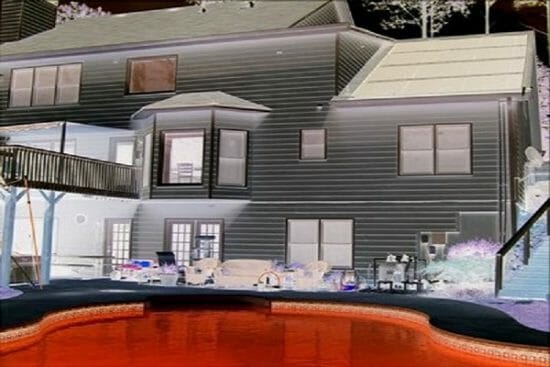- Course No E – 1702
- PDH Units: 3
No data found for Custom Course Number
No data found for Custom Course Units
- Course No E – 1702
- PDH Units: 3
Intended Audience:, mechanical and construction engineers
PDH UNITS: 3
This course discusses guidelines that should enable the designer to specify initial values for the design variables that are most strongly related to energy-efficient performance in passive solar buildings. Before proceeding any further with the design, an analysis that provides an estimate of the building's auxiliary heat requirements should be conducted. By repeating the analysis with different values of the primary variables it is possible to fine tune the original design in a manner that is consistent with the performance and economic goals of the project. The design-analysis procedure presented in this chapter is quick and accurate and, therefore, well suited to the design-refinement process. Before discussing the procedure, we present a set of definitions below that will aid the reader in his study of passive solar design analysis. Course Outline 1. INTRODUCTION 2. THE FAST SOLAR LOAD RATIO METHOD 3. THE BUILDING LOAD COEFFICIENT WORKSHEET 4. SYSTEM CORRELATION PARAMETERS. 5. WEATHER PARAMETERS 6. THE AUXILIARY-HEAT-CONSUMPTION WORKSHEET Attendees will learn how to determine and apply the Load Collector Ratio, Solar Load Ratio, and the Fast Solar Load Ratio Method in analysis of passive solar heating systems for buildings.
Learning Objectives
At the conclusion of this course, you'll be able to:- Learn how to calculate the amount of solar radiation transmitted through one square foot of a vertical solar aperture during a specified time period.
- Learn the fundamentals of solar-aperture absorptance.
- Find out how to calculate the Building Load Coefficient (BLC).
- Learn how to apply heating degree-days data in passive solar design.
- Learn how the Load Collector Ratio (LDR) is applied in system analysis.
- Learn how to use solar load ratio in system analysis.
Once completed, your order and certificate of completion will be available in your profile when you’re logged in to the site.










